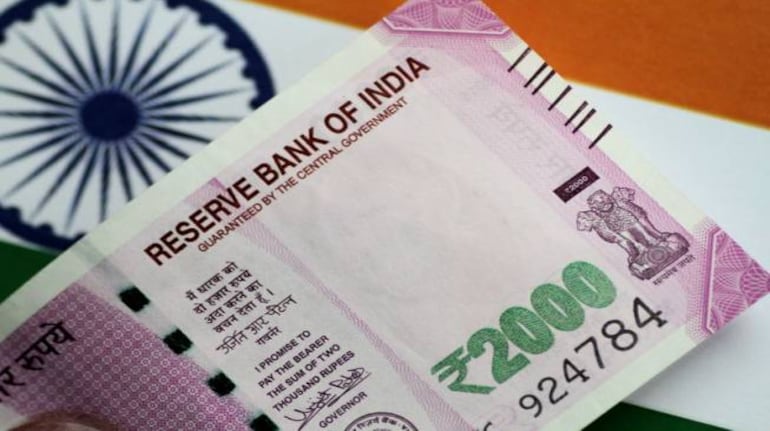



Progress on digital payments has eliminated the need for high denomination currencies, said R Gandhi, former Reserve Bank of India (RBI) Deputy Governor.
"Today, electronic payments have taken off much better than projected," Gandhi said, talking to Moneycontrol. "Hence, going forward, we don't need high-denomination banknotes. Rs 500 notes should be sufficient," Gandhi added.
On May 19, the RBI said it plans to withdraw Rs 2,000 notes from circulation. However, they will continue to be legal tender, the RBI said in a release.
Explaining further, Gandhi said that banknote denominations are based on several factors. 'Before digital payments took off, we used to consider the inflation outlook. That's why in 2012-13 we had actually recommended the issuance of even Rs 5,000 notes. Because inflation was very high, and digital payments had also not taken off much," he added.
Denominations in circulation
An analysis of the latest RBI data on the banknotes in circulation as on March 31, 2022, showed that the Rs 500 note was the highest denomination currency in circulation, worth Rs 22.77 lakh crore, comprising 73.3 percent of the total circulation.
This was followed by Rs 2,000 notes, which constituted 13.8 percent of the total circulation.
The latest release on May 19 by the RBI showed the total value of Rs 2,000 banknotes was Rs 3.62 lakh crore, constituting only 10.8 percent of the notes in circulation as on March 31, 2023.
About 89 percent of the Rs 2,000 notes in circulation were issued prior to March 2017, and are at the end of their estimated lifespan of four-five years. As on March 31, 2022, Rs 100 notes in circulation were worth Rs 1.81 lakh crore, or 5.8 percent of the total circulation.
Digital payments
Over years, India has made significant progress in digital payments. At present, over 68 percent of total payments are made through the Unified Payments Interface (UPI), with 8.7 billion UPI transactions being witnessed in March 2023 alone. UPI payments have grown 82 percent in FY22-23 over the previous year, Finance Minister Nirmala Sitharaman said on Friday.
India also kick-started its Central Bank Digital Currency (CBDC) pilot project on December 1, 2022, for the retail version of the CBDC, or the digital Rupee.
The retail digital rupee, or e₹-R, can be used by people for day-to-day transactions. The pilot of the retail CBDC was started a month after the pilot of the wholesale CBDC.
Eight banks are participating in the retail pilot, including the State Bank of India (SBI), ICICI Bank, Yes Bank, IDFC First Bank, BOB, Union Bank of India, HDFC Bank, and Kotak Mahindra Bank.
Data with the RBI till February 2023 showed that close to 7.70 lakh small-value transactions have been carried out using the retail digital Rupee in five cities.
The regulator is planning to expand the reach of the pilot project to a bigger set of customers. RBI Executive Director Ajay Kumar Choudhary, in a press conference on March 8, said that the central bank is targeting to scale up to half-a-million users by June-July 2023.
Discover the latest Business News, Sensex, and Nifty updates. Obtain Personal Finance insights, tax queries, and expert opinions on Moneycontrol or download the Moneycontrol App to stay updated!
Find the best of Al News in one place, specially curated for you every weekend.
Stay on top of the latest tech trends and biggest startup news.